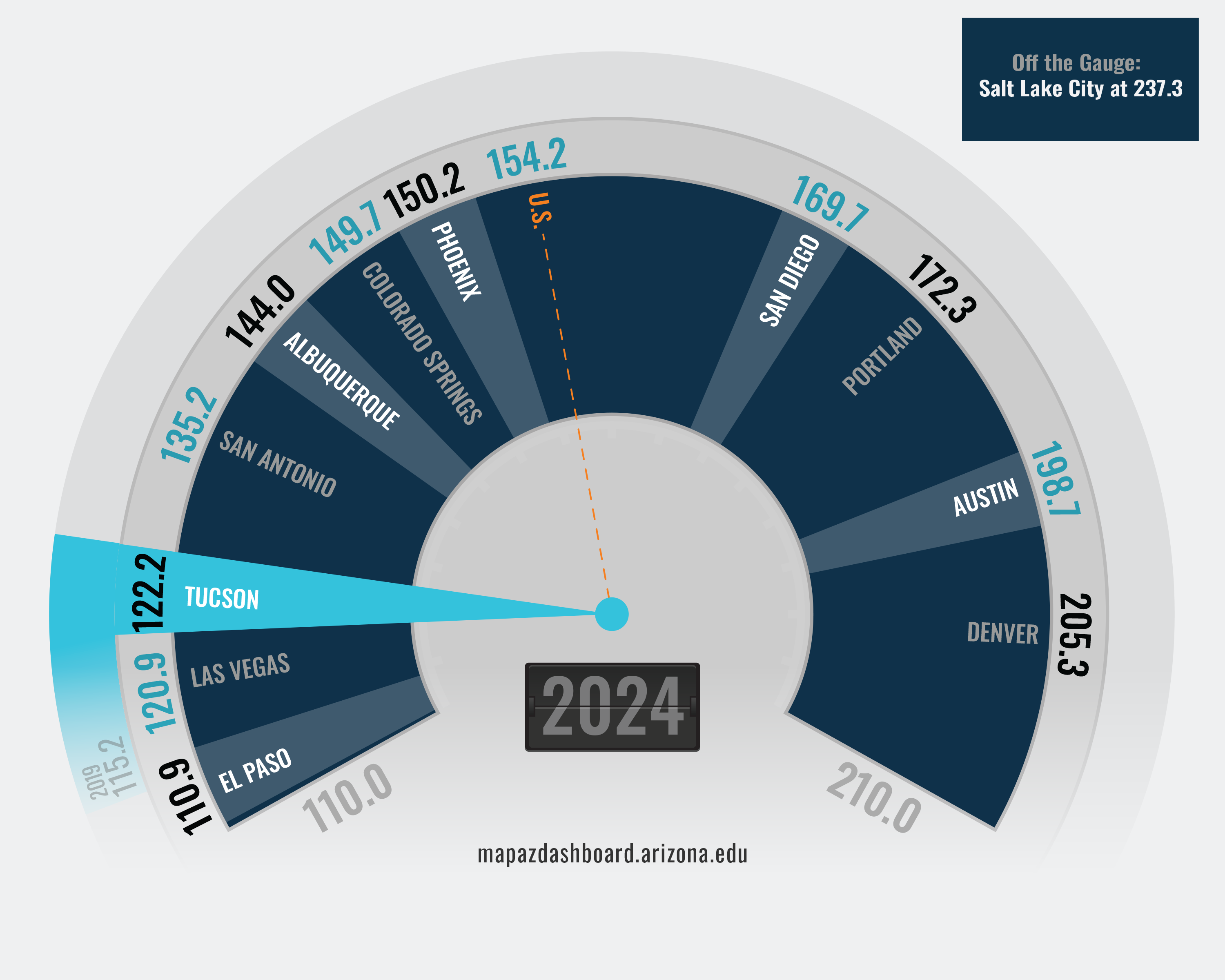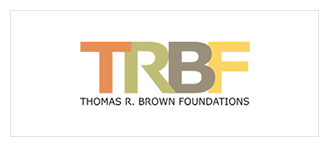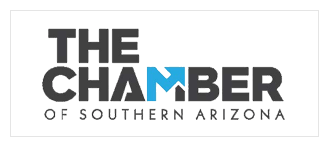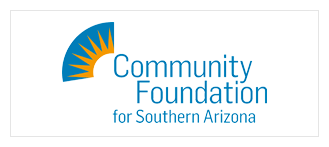 Analyze Data on Creative Occupations in Tucson, Arizona MSA
Analyze Data on Creative Occupations in Tucson, Arizona MSA
How are we doing?
Creative Occupations Employment per 1,000 Residents (2024)

Employment in creative occupations in the Tucson Metropolitan Statistical Area (MSA) was below the national average in 2024, at 122.2 jobs per 1,000 residents. The national average was 154.2. Tucson ranked 10th among peer western metropolitan areas. Salt Lake City ranked first with 237.3 jobs per 1,000 residents, while El Paso ranked last with 110.9 jobs per 1,000 residents. Between 2019 and 2024, Tucson posted a slight increase in employment per resident in creative occupations.
Wages per worker in creative occupations for Tucson averaged $93,262 in 2024, nearly $11,000 below the national average of $104,194. Tucson ranked near the bottom of comparable peer metropolitan areas. Creative workers in San Diego earned the highest wages in 2024, at $122,357.
Why is it important?
Workers in creative occupations are engaged in the creation of new ideas, technologies, and expressions. Thus, they are an important part of the innovative process driving local growth. The creative class, as defined by Richard Florida, includes both the super creative core and creative professionals. The super creative core is composed of computer and mathematical occupations; architecture and engineering occupations; life, physical, and social science occupations; education, training and library occupations; and arts, design, entertainment, sports, and media occupations. Creative professionals include management occupations, business and financial operations occupations, legal occupations, and healthcare practitioners and technical occupations.
How do we compare?
Employment in creative occupations in Tucson hit 132,800 in 2024, which accounted for 34.4% of total jobs. That was similar to the national share of 34.0%. In Tucson, employment in creative professional occupations was 78,650 in 2024, while the super creative core employed 54,150. That translated into 72.4 creative professional jobs and 49.8 super creative core jobs per 1,000 residents. Tucson lagged behind the nation in creative professional and super creative core occupations.
The average wage earned by workers in creative occupations in Tucson was $93,262 in 2024, well above the all-occupation average wage of $62,200. Average wages in creative professional occupations were $103,545. Super creative core workers in Tucson earned an average wage of $78,326 in 2024, trailing the national average of $86,634 by about $8,300. In 2024, super creative core wages in Tucson ranked seventh among peer western metros tracked on the MAP Dashboard. Data for the metropolitan areas are available on the Creative Occupations Comparison Page.
What are the key trends?
Tucson's employment growth in creative occupations increased by 11.0% between 2019 and 2024. In 2013, Tucson experienced negative growth in creative occupations, indicating a decline in employment. The U.S. and Arizona growth in creative occupations increased at a much faster pace than in Tucson in 2024. Growth rates for the super creative core and creative professionals are available on the Creative Occupations Comparison Page.
Creative occupation wages increased between 2003 and 2024 for the U.S., Arizona, and Tucson. Wages in the U.S. during this time increased by 78.8%. The state of Arizona and Tucson experienced a growth in creative occupation wages surpassing the national average, with rates of 83.8% and 81.7%, respectively. However, Tucson’s current creative occupation wage of $93,262 is nearly $11,000 less than the nation.
How is it measured?
After reviewing several definitions of creative occupations, the MAP team decided to follow the widely accepted definition given by Richard Florida in his book “The Rise of the Creative Class.” The creative class, or creative occupations as referred to on the MAP, is broken down into two sub-groups: the super creative core and creative professionals. The occupations are defined by the Standard Occupation Classification (SOC) system, a federal statistical standard used by federal agencies to classify workers into occupational categories for the purpose of collecting, calculating, or disseminating data. The list of creative occupations (below) are the names given by the SOC. To view a detailed breakdown and definition of each occupation visit the SOC on the Bureau of Labor Statistics webpage.
Creative Occupations (two sub-groups)
Super Creative Core
- Computer and mathematical occupations
- Architecture and engineering occupations
- Life, physical, and social science occupations
- Education, training, and library occupations
- Arts, design, entertainment, sports, and media occupations
Creative Professionals
- Management occupations
- Business and financial operations occupations
- Legal occupations
- Healthcare practitioners and technical occupations
The detailed employment and wage data come from the U.S. Bureau of Labor Statistics, Occupational Employment and Wage Statistics (OEWS) survey. The U.S. Bureau of Labor Statistics collects survey data on wages by occupation and industry. The OEWS data include detailed employment and wage estimates for over 800 occupations and industries. Occupational wages are measured before taxes and do not include fringe benefits.












